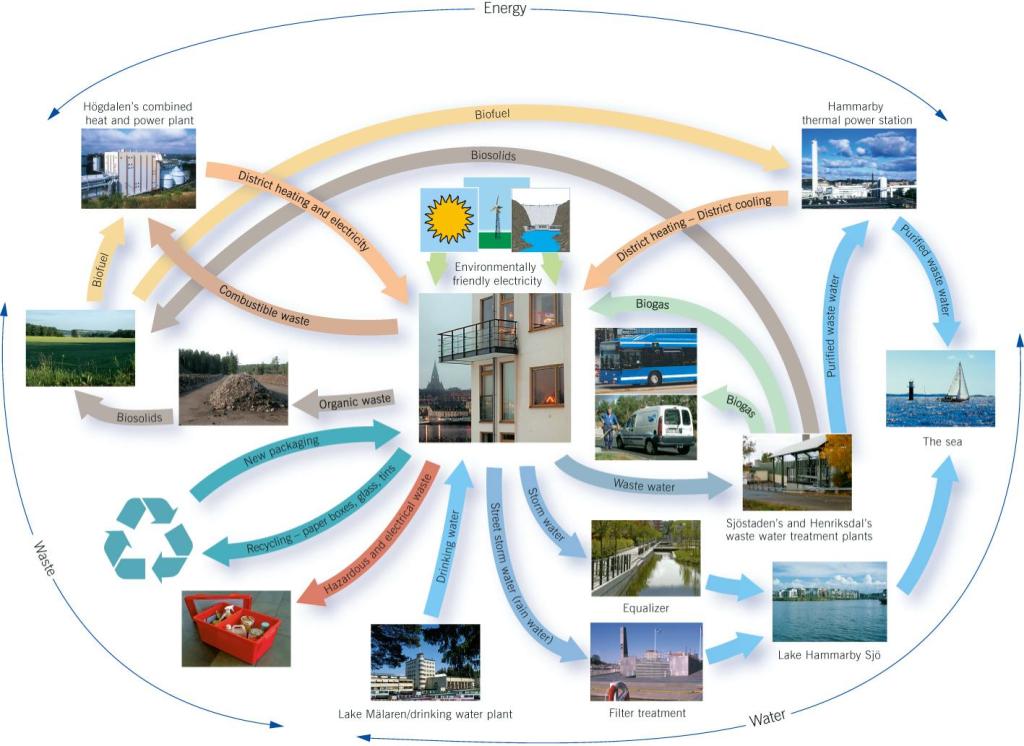The Obama administration has just released the U.S. EPA analysis of the American Power Act and it shows that U.S. action coupled with reasonable actions by other countries will put us on a path to preventing the worst impacts of global warming. It also shows that a lengthy delay in the deployment of international offsets will have a very minimal impact on the cost of the program. Both findings address issues that opponents to comprehensive climate and energy legislation use to argue that we shouldn’t take action or that it won’t really be as cheap as everyone says (my colleague summarizes how EPA’s analysis shows the draft bill is affordable, equitable, and effective).
So let’s take each of these points in turn.
1. U.S. action spurs/solidifies action of other countries. One of the chief talking points of opponents of U.S. clean energy and climate legislation is the claim that the U.S. taking action would have little impact on global warming. Taking U.S. action in isolation, they claim that reducing U.S. emissions won’t make much of a dent in world emissions and future temperature increases.
But those critics miss two important points:
- Other countries besides the U.S. are taking action and have committed to emissions cuts (as I’ve discussed here); and
- U.S. action spurs/solidifies those actions (as I’ve discussed here).
This new EPA analysis shows the impact of these two realities in a tangible way. EPA analyzed the case where other countries also take aggressive action to address global warming. They analyzed a scenario where the:
- U.S. undertakes emissions cuts in line with the climate bills targets;
- Developed countries emissions take annual emissions cuts until their emissions are 83 percent below 2005 levels in 2050 (the same emissions path as the US climate bill and their G8 commitments);
- Developing countries adopt a policy beginning in 2025 that caps emissions at 2015 levels, and linearly reduces emissions to 26 percent below 2005 levels by 2050; and
- The combination of U.S., developed, and developing country actions limits emissions in 2050 at 50 percent below 2005 levels.
These aren’t made up scenarios. The actions that EPA analyzes are in line with the commitments developed countries have made as a part of the Copenhagen Accord and as they made at the most recent meeting of the Group of 8 (as I discussed here and here). And they are in line with the actions developing countries have committed to as a part of the Copenhagen Accord and which they are beginning to implement (as I’ve discussed here and as the ClimateWorks Foundation has summarized here). So EPA isn’t just pulling numbers out of a hat as these are based in facts.
What you can see in the following figure is that global emissions are significantly reduced through this combination of actions by the US and other countries. (The line labeled “World Cap-G8 (Scn.2)” is analysis of the actions taken by these countries and the line labeled reference is where they would head without these actions.)*
This scale of action would hold global emissions to a level called for by scientists and world leaders (see here and here) – namely 3.6°F (2°C) above pre-industrial levels (as the EPA analysis shows, see slide 22 and 23).
2. A significant delay in the deployment of international offsets will have a minimal impact on the affordability of the program. Some opponents of climate legislation like to claim that the affordability of the program is very dependent on the number of international offsets that are deployed. They argue that there is no way that those numbers of international offsets will be available, so the actual costs of the program will be much higher (because you’ll eliminate a source of low cost reductions that EPA analyzes). If you believe that international offsets will take time to come into the market (there will be a delay), then EPA analysis shows that this will actually have a minimal impact on the cost of the program.
As the EPA analysis states: delaying international offsets by 10 years increases the cost of the program by 1 percent. An even longer delay of 20 years increases prices only 3 percent. These are pretty minimal cost increases for pretty long delays.** So if you are skeptical that international offsets will be ready right away then you’ll be glad to know that the cost increase is very small.
**********
Enactment of the American Power Act is affordable, equitable, effective, and will help prevent the worst impacts of global warming. And this is true even if you think that there will be a delay in the deployment of credible offsets from activities like deforestation reductions in developing countries or tree planting programs. Even in this unlikely scenario the bill is still affordable.
Now is the time for the U.S. to make these global scenarios a reality. It is time for the U.S. to join the other countries taking action and help prevent dangerous global warming.
——————-
* While EPA did analyze a scenario where developing countries don’t do anything until after 2050, the yellow line labeled “World Cap — Developing Countries After 2050”, this is a pretty extreme scenario. This scenario is basically saying that developing countries will do nothing between now and 2050. This would ignore the reality of the actions that they are actually taking today and the commitments that they have made to go further.
** EPA analyzed a scenario at the request of Senator Voinovich where no international offsets were allowed. But this is an extreme case where instead of a modest delay, you have no international offsets ever.


